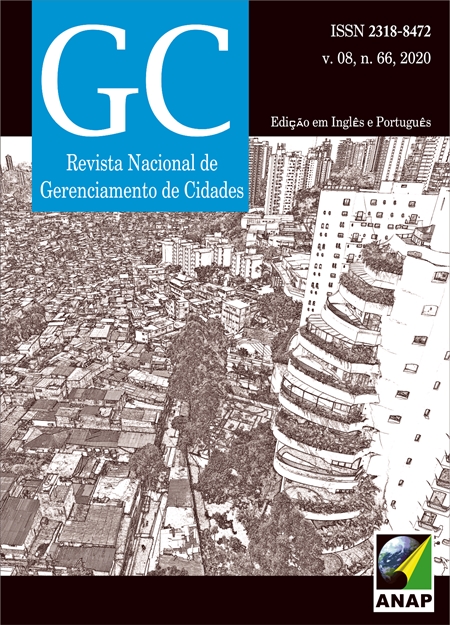The (re) signification of Aracaju’s (SE) central squares: sociability, territoriality and tangencies
DOI:
https://doi.org/10.17271/2318847286620202589Keywords:
Public squares, City, Identity.Abstract
The present essay aims to analyze the sociospatial production of Fausto Cardoso and Olímpio Campos public squares, which are located at Aracaju (SE) historical center and are attached to the characteristics of urban production in this city. It concerns a case study structured by the historical-dialectic method and considers the history and alterations in the production and use of these spaces by the city dwellers, as well as their identity, sociability, territoriality and tangentiality. This analysis is based on the theoretical presupposition that the studied spaces are produced through capitalist society logics, which means that it has a processual dynamic of multiple functionalities. Thus, one can affirm that Aracaju’s central squares are spaces of resistance and identity for social groups that encounter their possibilities of survival at them, even in a context at which most inhabitants regard these places as spaces of passage and often avoided.














